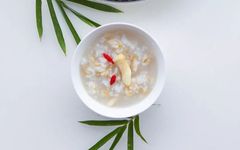↑ Click the title below “Health Preservation Path” to follow for more health knowledge ↑
Introduction: “King of Herbs”, “Difficult to Find Ginseng”, “Greatly Tonifying Vital Energy”—these praises naturally describe the unforgettable and renowned “Northeast Three Treasures”, one of which is Ginseng. Generally speaking, more than half of the depictions related to Traditional Chinese Medicine (TCM) in novels and dramas are incorrect. However, scenes like “the key character is on the verge of death, lying in bed with heart Yang deficiency and a faint pulse, so they use ginseng to revive them, thus saving their life and revealing crucial plot points” are not entirely fictional. In previous series, we introduced Dang Shen (Codonopsis), but it still cannot satisfy some readers’ desire to learn more about Ginseng. So, how effective is Ginseng? Today, we will provide a detailed introduction. (Editor/Sanmu)
 Medicinal Ginseng
Medicinal Ginseng
Ginseng is most commonly mentioned for its effects of “greatly tonifying vital energy and restoring the pulse”. Its ability to tonify Qi is extremely strong and is often used for deficiency syndromes. The depiction of ginseng saving lives in literary works may reflect real-life emergency treatment for heart Yang deficiency. Clinical manifestations of heart Yang deficiency include palpitations, shortness of breath, cold limbs, a dull complexion, a pale tongue with white coating or a swollen tongue with teeth marks, and a weak pulse. In severe cases, heart Yang collapse (shock) may occur, with patients experiencing cold sweats or profuse sweating, weak breathing, cyanosis of lips and tongue, confusion, or even coma, with a faint pulse. If heart Yang collapse occurs, emergency measures should be taken to restore Yang and stabilize the condition using Du Shen Tang (Ginseng Decoction from “Jing Yue Quan Shu”) and Sheng Mai Yin (Generate Pulse Decoction) frequently, and a combination of TCM and Western medicine is required for rescue. In such cases, Ginseng can indeed treat critical symptoms caused by excessive sweating, diarrhea, severe blood loss, or prolonged illness leading to extreme Qi deficiency, shortness of breath, and a faint pulse.
Sheng Mai Yin, composed of Ginseng, Mai Dong (Ophiopogon), and Wu Wei Zi (Schisandra), functions to tonify the lungs and Qi, nourish Yin, and generate fluids. It can be used for patients with fatigue, shortness of breath, excessive thirst, and dry throat, primarily targeting the dual deficiency of Qi and Yin in the heart and lungs, with Ginseng serving as the monarch herb. Recent studies on Sheng Mai Yin suggest it can increase coronary blood flow, improve myocardial blood supply, reduce myocardial oxygen consumption, and enhance microcirculation. Sheng Mai Yin is available as a finished product and is commonly used in the treatment of acute myocardial infarction, cardiogenic shock, arrhythmias, and other critical conditions, showing excellent efficacy and significantly reducing mortality rates. Its convenience makes it one of the most frequently used tonifying formulas today.
Another well-known tonifying formula in TCM is the Si Jun Zi Tang (Four Gentlemen Decoction), which includes Ginseng, Bai Zhu (Atractylodes), Fu Ling (Poria), and Gan Cao (Licorice). It is neither warming nor drying, applying moderate force, embodying the ancient concept of “gentlemen achieving harmony”. Clinically, it is often used to treat chronic gastritis, peptic ulcers, and other conditions related to spleen and stomach Qi deficiency. Si Jun Zi Tang, composed of Ginseng, Bai Zhu, Fu Ling, and Gan Cao, all of which have the effect of strengthening the spleen and tonifying Qi, when used together, greatly enhances the tonifying effect, making it more effective than using Ginseng alone. It can be said that Si Jun Zi Tang is a foundational formula for tonifying Qi, and modifications can be made to treat and regulate various Qi deficiency syndromes. Modern medical research also indicates that this formula can enhance the body’s immune function, improve disease resistance, regulate endocrine, promote red blood cell production, and accelerate blood circulation.
There are also Gui Pi Tang (Restore the Spleen Decoction) and Shen Fu Tang (Ginseng and Aconite Decoction). The former benefits Qi and nourishes blood, strengthens the spleen, and nourishes the heart, composed of Ginseng, Huang Qi (Astragalus), Bai Zhu, and Gan Cao, which are warm and sweet, tonifying the spleen and Qi to generate blood, commonly used for various types of anemia, neurasthenia, neurosis, tachycardia, functional uterine bleeding, and menopausal syndrome; the latter is composed of Ginseng and Fu Zi (Aconite), functions to tonify Qi, warm Yang, and rescue from collapse, treating symptoms of Yang deficiency, cold limbs, pale complexion, shortness of breath, edema, and cold sweats, often used as an auxiliary treatment and care for patients with heart failure, shock, post-surgery, and women with excessive bleeding.
In addition, there are many tonifying formulas featuring Ginseng as the monarch herb, but due to space limitations, we will not elaborate further. However, it is worth mentioning that Ginseng is not only prominent in TCM formulas but has also gained widespread recognition in Western medicine. Initially introduced to Western countries from China, Ginseng was named “Panax”, derived from Greek, meaning “cure-all”. Modern laboratory studies have shown that Ginsenosides Rb have central sedative effects, while Rb1, Rb2, and Rc mixed saponins have calming effects; Rg types have central stimulating effects. The influence of Ginsenosides on the central nervous system is characterized by stimulation at low doses and inhibition at high doses. Ginseng aqueous extracts can also counteract seizures caused by cocaine, strychnine, and pentobarbital, and reduce seizure mortality. Reports indicate that crude Ginseng saponins have both sedative and calming effects, as well as analgesic, muscle relaxant, and temperature-lowering effects. These test results compel Western medicine to acknowledge the efficacy of Ginseng.
Ginseng Panax ginseng C. A. Mey.
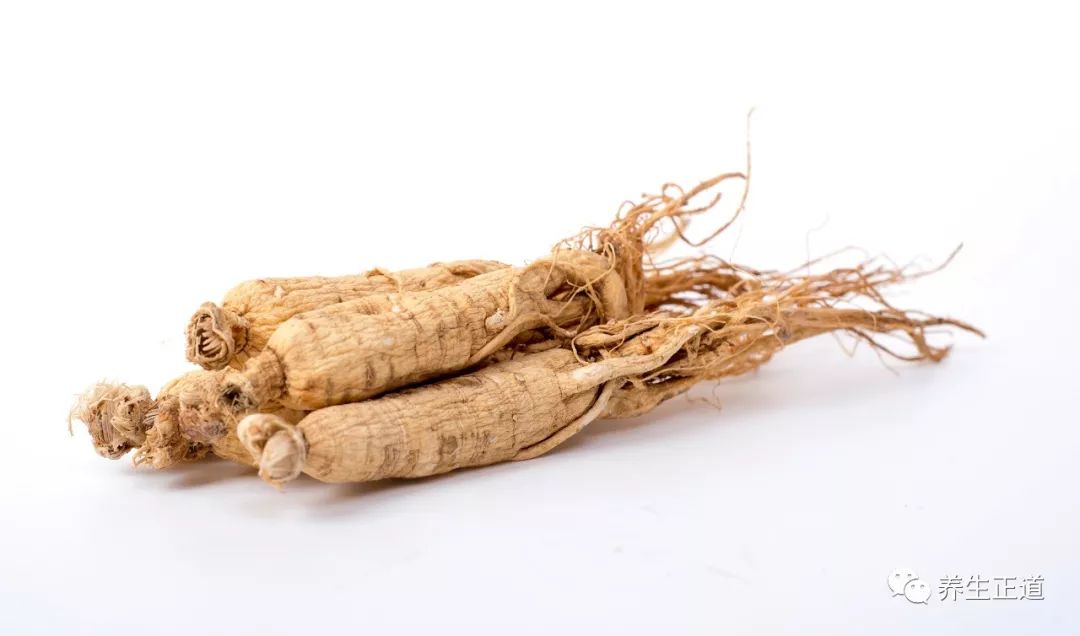
Ginseng “Shen Nong Ben Cao Jing”
[Source] Ginseng, also known as mountain ginseng, garden ginseng, and Korean ginseng (produced in the Korean Peninsula), is the root of the Araliaceae plant Ginseng, mainly produced in Northeast China and Korea, usually harvested in October to November each year. Depending on different processing methods, it can be made into “red ginseng”, “sun-dried ginseng”, “sugar ginseng”, “ginseng hair”, “power ginseng”, etc.
[Alias] Ghost Cover, Divine Herb, Yellow Ginseng, Hammer, etc.
[Properties and Taste] Warm in nature, sweet and slightly bitter in taste.
[Meridians Entered] Enters the spleen, lung, heart, and kidney meridians.
[Functions and Indications] Greatly tonifies vital energy, restores the pulse, strengthens the spleen, benefits the lungs, calms the spirit, enhances intelligence, generates fluids, and alleviates thirst. Used for body weakness, cold limbs, faint pulse, spleen deficiency with poor appetite, lung deficiency with cough and wheezing, fluid damage with thirst, internal heat with diabetes, Qi and blood deficiency, prolonged illness with weakness, palpitations, insomnia, impotence, and cold uterus. Indications include labor injury, food deficiency, fatigue, loose stools, shortness of breath, chest tightness, palpitations, impotence, frequent urination, and diabetes.
[Components] Contains various ginsenosides, volatile oils, ginseng polysaccharides, low molecular esters, amino acids, ginseng acids, choline, vitamin B1, vitamin B2, niacin (also known as vitamin B3, etc.).
[Applicable Population] Modern research confirms that this product can enhance the excitatory process of the cerebral cortex, improve the body’s stress response, and has anti-aging, anti-fatigue, anti-shock, cardiotonic, and immune-enhancing effects. Additionally, it has anti-inflammatory, anti-allergic, anti-tumor, and blood sugar-lowering effects. Clinically, it is mainly used to treat shock, cor pulmonale, diabetes, post-chemotherapy for leukemia, sexual dysfunction, viral myocarditis, tumors, neurasthenia, and other diseases.
[Precautions] Avoid use in cases of excess syndrome or heat syndrome. It should not be taken with radishes; contraindicated with Li Lu and Wu Ling Zhi. Long-term use may have adverse reactions, even leading to bleeding or acute poisoning.
[Dosage] Decoction, 3-9 grams; high doses can reach 30 grams. Soak in liquor as appropriate; powdered form can be taken at 2 grams.
“Shen Nong Ben Cao Jing” is the earliest existing pharmacological work in China, and the name “Ginseng” was first recorded in this text, indicating its long history of medicinal use. The book states, “Ginseng, sweet and slightly cold in nature, mainly tonifies the five organs, calms the spirit, stabilizes the soul, alleviates palpitations, eliminates evil Qi, brightens the eyes, and enhances intelligence. Long-term use can lighten the body and prolong life. Also known as ‘human ginseng’ and ‘ghost cover’. Grows in mountain valleys.”
The remarkable efficacy of wild mountain ginseng in ancient times is evident, but the Ginseng we use today is mostly cultivated garden ginseng and forest ginseng, while wild mountain ginseng still commands a high price. After all, Ginseng has strict requirements for its growing environment, including temperature, humidity, and soil, and it grows slowly, taking at least 5 to 10 years to reach medicinal specifications. In Northeast China, Ginseng is also known as “Hammer”, which is believed to be due to a Qing Dynasty regulation prohibiting common people from harvesting Ginseng in the mountains, hence mountain farmers avoided using the word “ginseng”. Because Ginseng resembles a hammer used for pounding clothes, it acquired the nickname “Hammer”.
 Dietary and Practical Applications
Dietary and Practical Applications
Ginseng is the primary herb for treating deficiency and internal injuries. It is widely used in medicinal dietary health foods, and various cooking techniques such as stir-frying, frying, braising, blanching, stewing, boiling, steaming, and soaking in liquor can be employed.
The processing of Ginseng uses the immersion method, where water is used to process the raw materials. However, some active components of certain raw materials dissolve in water, and improper handling can easily lead to loss, so appropriate processing methods should be selected based on the different characteristics of the raw materials. Raw materials that should not be soaked in water need to be immersed in liquid to soften them without losing effective components, and Ginseng is often treated with milk: using cow’s milk or goat’s milk.
Because of its prominent reputation for tonifying Qi, Ginseng is most commonly found in medicinal dishes that have a tonifying effect, suitable for Qi deficiency syndromes, such as Ginseng Black Chicken Soup. There is also the ancient “Bing Zi Du Shen Tang” (Bing Zi Ginseng Decoction) from the “Ten Medicinal Divine Books”, which has the effects of tonifying Qi and nourishing blood, assisting Yang, and moistening the intestines for those with body weakness or the elderly. The original text states: “After stopping bleeding, this medicine is used for supplementation. Use two taels of Ginseng (remove the skin), boil with two cups of water and five jujubes, and reduce to one cup to drink in small sips. Afterward, sleep well, and then take other medicines to eliminate the root. The efficacy is to achieve the three talents and gain a name, and the loss of Yin, Yang, and blood can be revived. Ginseng two taels and five jujubes, after taking, one will know the strength of Qi.”
Ginseng Dietary Therapy
Esophageal Cancer
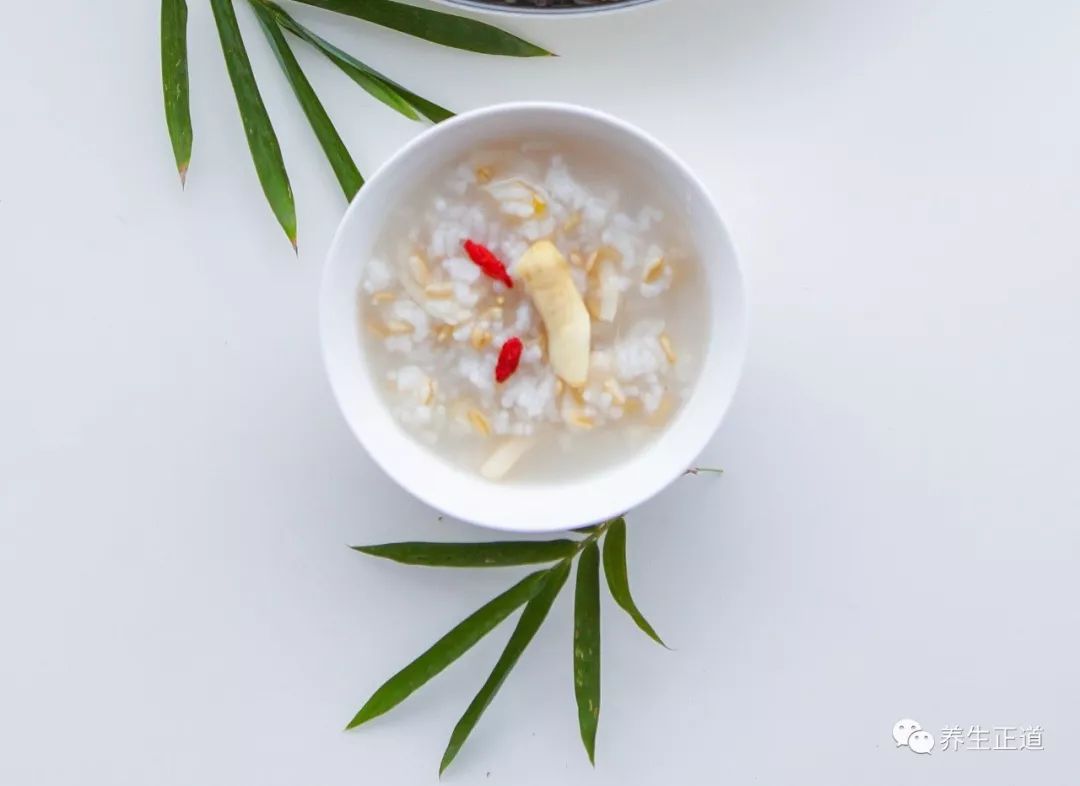
[Clinical Manifestations]
Difficulty swallowing, food obstruction, with common syndromes being phlegm-stasis obstruction and deficiency-phlegm obstruction. The characteristics of phlegm-stasis obstruction include chest tightness, vomiting upon eating, and excessive phlegm; the characteristics of deficiency-phlegm obstruction include pale complexion, dry mouth and throat, facial edema, emaciation, and inability to eat.
[Dietary Therapy Dishes]
Ginseng and Lu Gen (Reed Root) Persimmon Frost Porridge: 10 grams of Ginseng (sliced or minced), 150 grams of fresh Lu Gen (cut into small sections), 20 grams of persimmon frost, and 60 grams of glutinous rice. Boil the fresh Lu Gen in water for 30 minutes, take 500 ml of the juice, add Ginseng and glutinous rice to cook into a thin porridge, and dissolve the persimmon frost before serving, once or twice daily.
Dysmenorrhea
Qi and blood deficiency
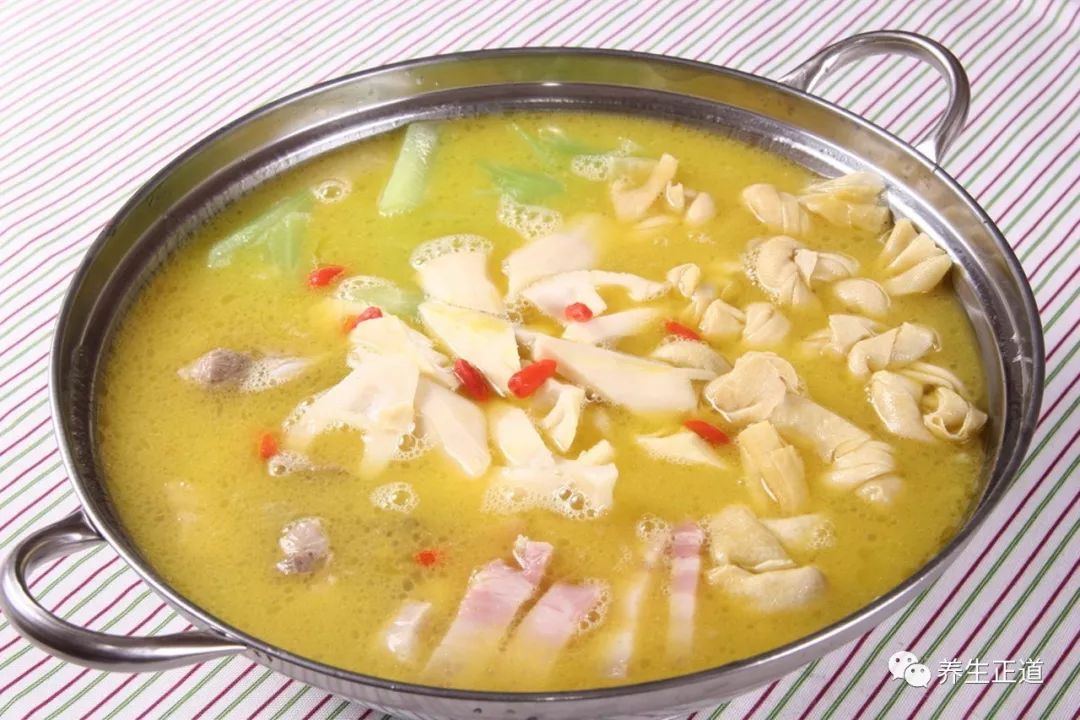
[Clinical Manifestations]
Dull pain in the lower abdomen during or after menstruation, with a small amount of menstrual flow, pale color, thin texture, fatigue, dizziness, palpitations, insomnia with vivid dreams, pale complexion, pale tongue, thin white coating, and weak pulse.
[Dietary Therapy Dishes]
Ginseng and Lamb Stomach: 6 grams of Ginseng, 15 grams of Dang Gui (Angelica), 10 grams of Rou Cong Rong (Cistanche), 250 grams of lamb, 150 grams of lamb stomach, 10 grams of fermented black soybeans, and appropriate amounts of green onions, salt, and liquor. Boil Ginseng, Dang Gui, Rou Cong Rong, and fermented black soybeans for 20 minutes, strain to keep about 80 ml of the juice. Mince the lamb and mix it with the medicinal juice and appropriate amounts of green onions, salt, and liquor, stuff it into the lamb stomach, tie it up, and steam for 2-3 hours until done.
Deafness
Kidney essence deficiency
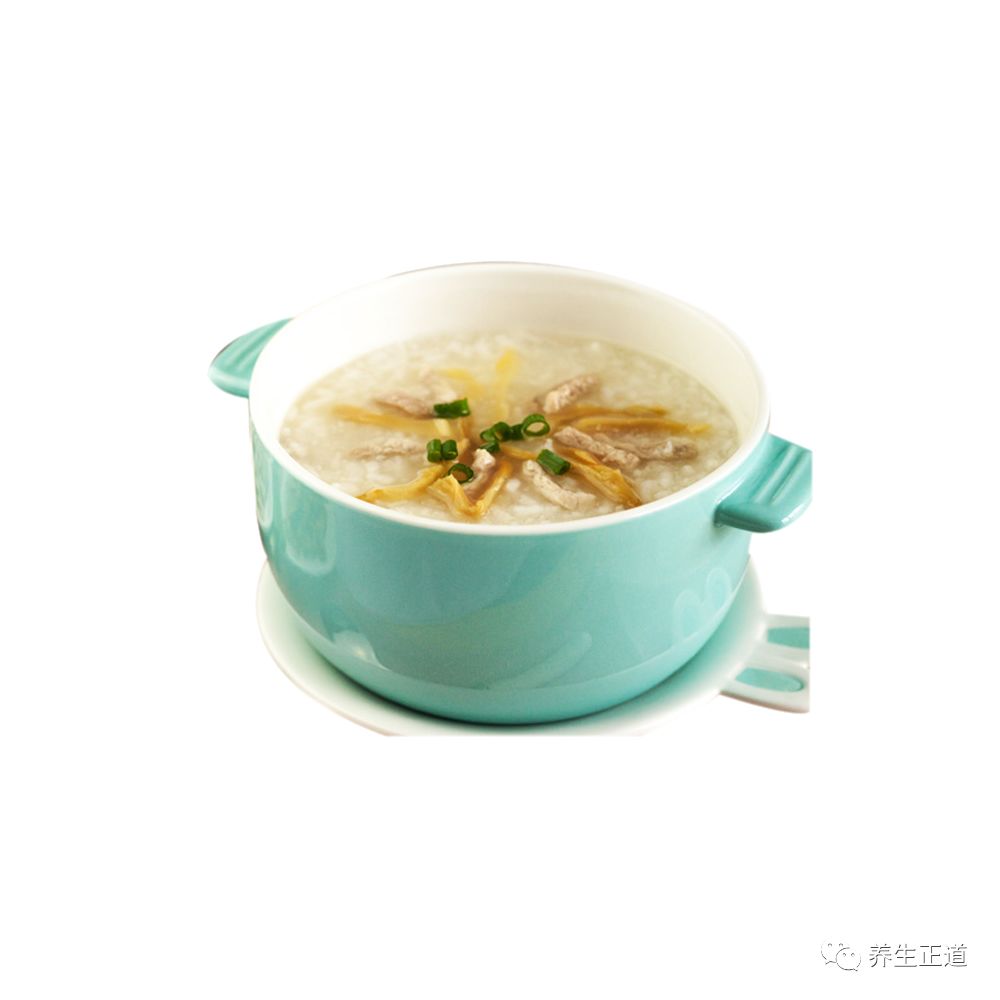
[Clinical Manifestations]
Gradual decrease in hearing in both ears, accompanied by tinnitus, worse at night, insomnia, dizziness, weakness in the lower back and knees, frequent nocturnal emissions, excessive thirst, red tongue with little coating, and weak pulse.
[Dietary Therapy Dishes]
Ginseng Porridge: 1 gram of Ginseng, 10 grams of Fang Feng (Siler), 30 grams of magnetite, 1 pair of pig kidneys, and 100 grams of glutinous rice. Grind Ginseng into a fine powder, wrap the magnetite in cloth, slice the pig kidneys, and cook with glutinous rice and Fang Feng in an appropriate amount of water until the rice is cooked.
Constipation
Qi deficiency constipation
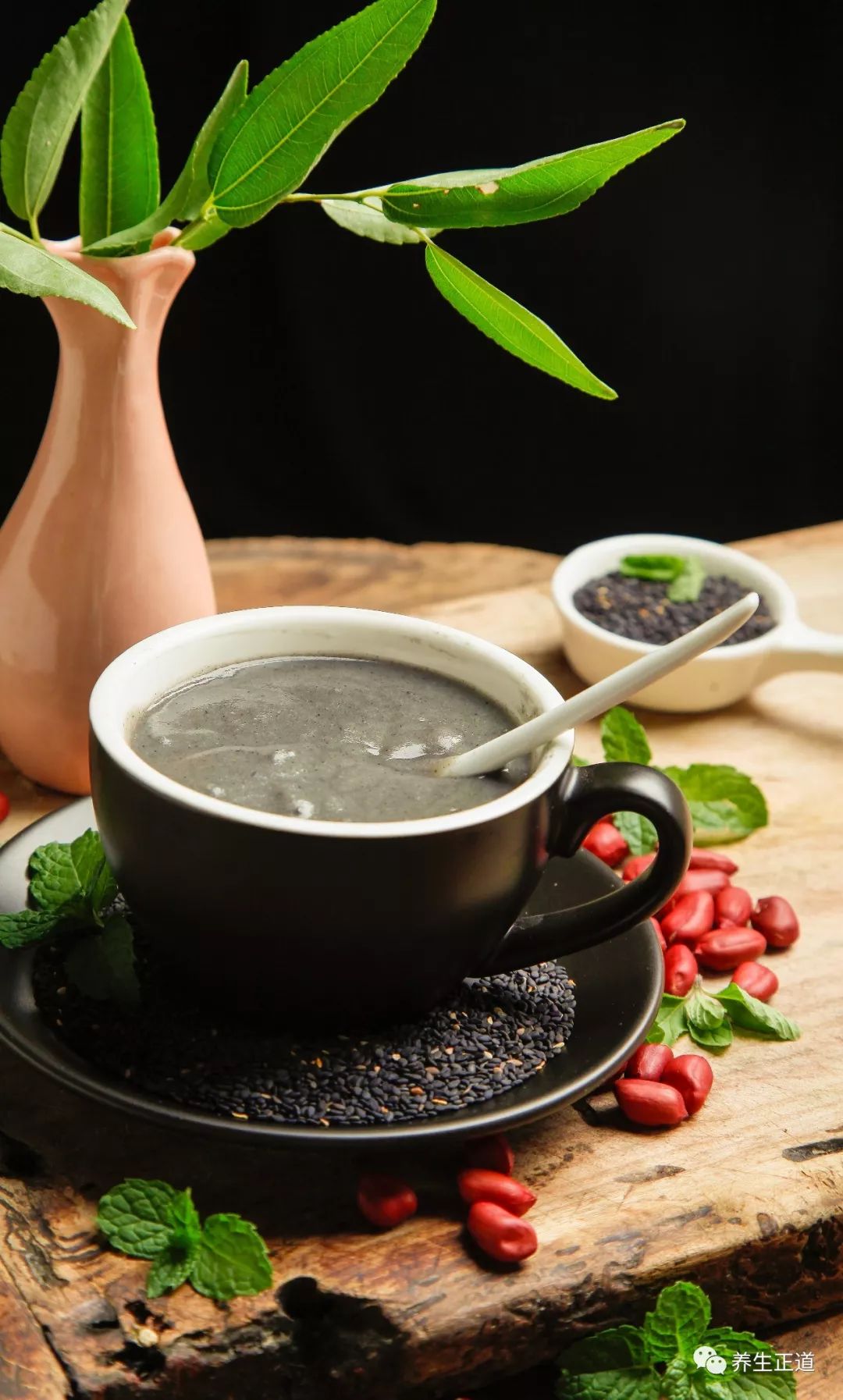
[Clinical Manifestations]
Despite the urge to defecate, there is difficulty in expelling, with sweating and shortness of breath during straining, and extreme fatigue after defecation, pale complexion, fatigue, and weak Qi. The tongue is pale and tender, with a white coating, and the pulse is weak.
[Dietary Therapy Dishes]
Ginseng and Black Sesame Drink: 5-10 grams of Ginseng, 15 grams of black sesame, and appropriate amount of white sugar. Crush the black sesame, boil Ginseng in water, strain to keep the juice, add black sesame and appropriate sugar, and boil before serving.

Today’s Featured Book
“Dietary Therapy of Medicinal Foods”
TCM dietary therapy refers to methods guided by the basic theories of TCM, using food as a means to achieve health preservation and disease prevention. From a literal perspective, “medicine” refers to drugs (or treatment), and “diet” refers to food or diet. Medicinal food is a product of the combination of traditional medicine and culinary experience, serving both food and medicinal purposes. It has been widely used throughout history for disease prevention, treatment, health enhancement, and longevity.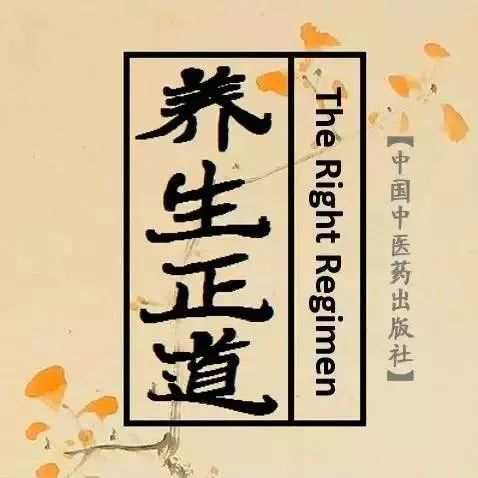
Health Preservation Path
Copyright Statement
This article is excerpted from “Dietary Therapy of Medicinal Foods”, published by China Traditional Chinese Medicine Press, edited by Liu Zhiyong, You Weiping, Jian Hui ◎ Chief Editor, and the final interpretation rights belong to the original author. Please indicate the source when reprinting. All images are copyright images purchased by the publisher from the image network, please do not steal images.
For commercial cooperation or submissions: [email protected]
 Click “Read the Original” for discounts on book purchases
Click “Read the Original” for discounts on book purchases

